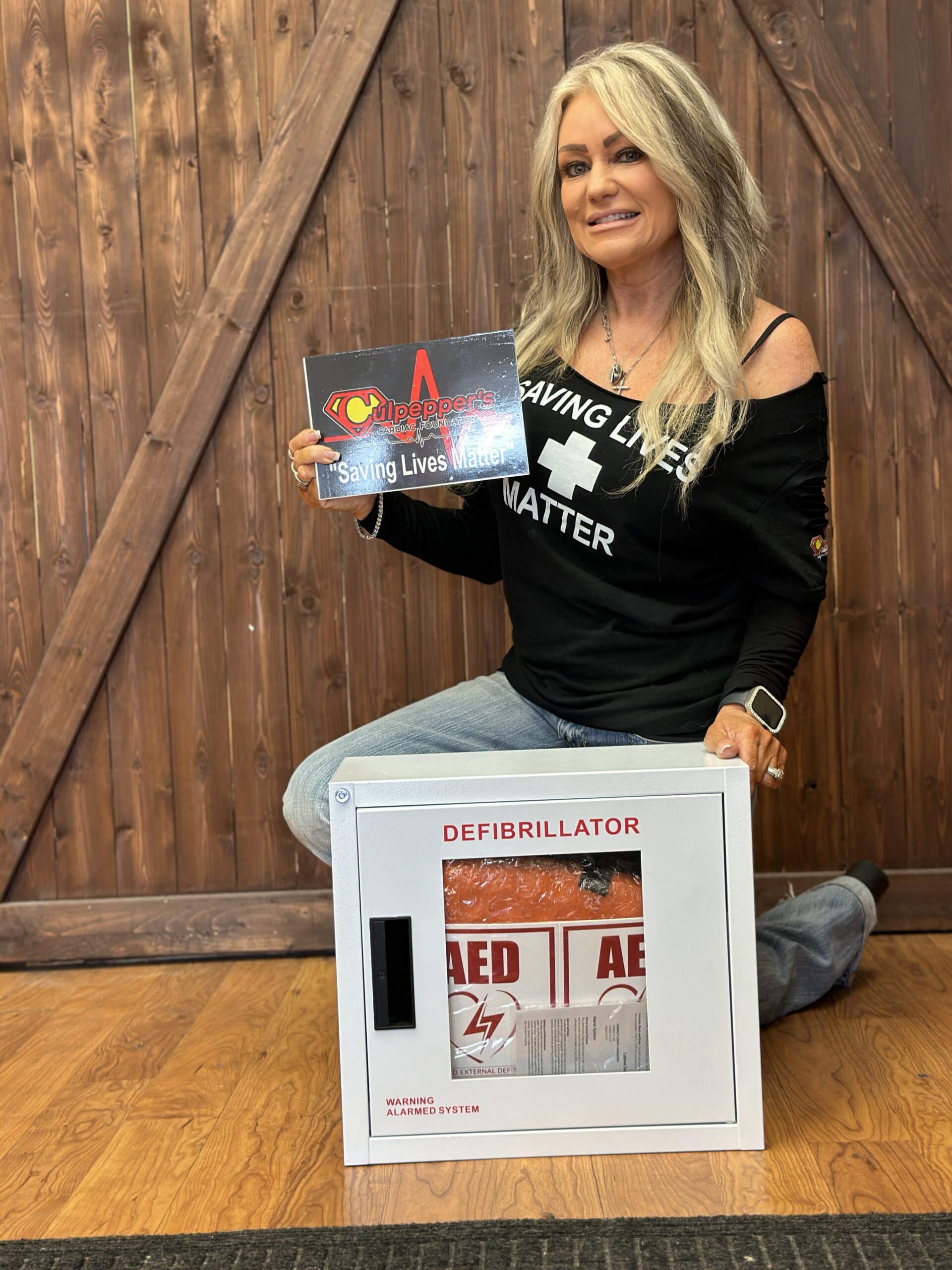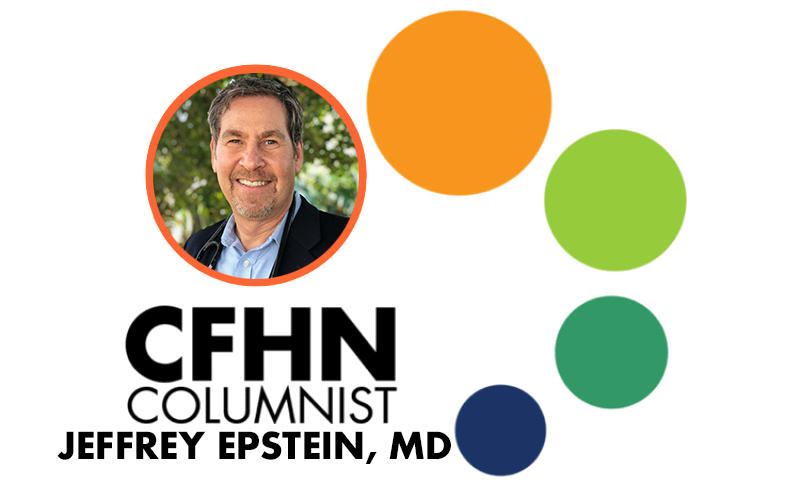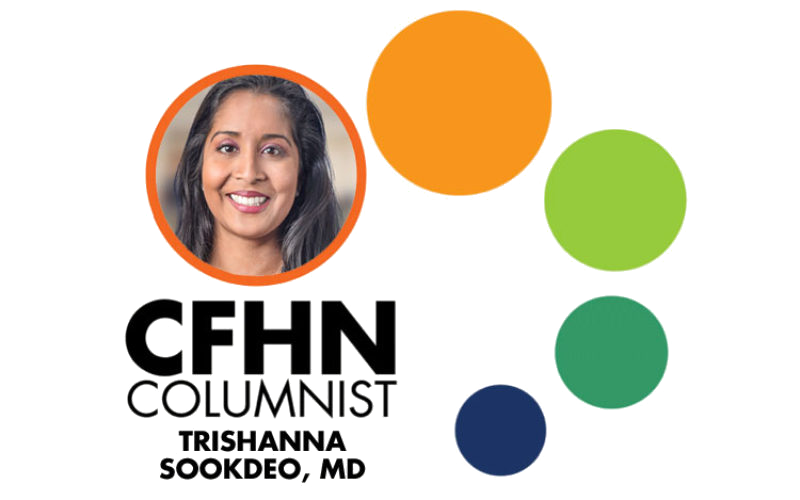
Health News
Features
-
Risk Prediction
American Heart Association’s Updated Tool Is a Game-Changer by REBEKAH PIERCE What if you had a crystal ball — something that could predict future health problems and tell you what exactly to expect as you get older? With the updated Risk Prevention Tool from the American Heart Association, you may be able to do just…
-
From Broken Heart to Helping Heart
Culpepper’s Cardiac Foundation Making Defibrillators More Accessible in Winter Haven by K. MICHELE TRICE In the summer of 2020, Melanie Brown Culpepper found herself in a nightmare situation. She is now on a mission to help as many people as possible avoid a similar experience. Florida had just allowed businesses to reopen following the Covid-19…
-
Balancing Fitness & Fun
Cypress Gardens Ski Team Keeps Winter Haven Family Active story and photos by PAUL CATALA Daily activities for the Palomaki family started with baseball games and fishing, but it wasn’t long before the family was hooked on skiing. Now, the whole Palomaki family, along with the rest of the Cypress Gardens Ski Team, use ropes…
Columns
-
A Reason to Celebrate: We’re Here to Help Seniors Lead Healthier Lives
As I write this column, our grand opening party is just around the corner, and I couldn’t be more excited to share this news with you. Peak Annual Wellness Center will be holding this Launch Event to share with our community what an annual wellness visit can do to help patients lead healthier lives. What…
-
A Pain in Your Foot
Your feet shouldn’t hurt. When painful feet prevent you from walking, running or wearing shoes there is a reason. There are many causes of foot pain and determining the reason for pain is the first step to treating the pain. SOME COMMON CAUSES Gout: This is very common in the big toe and causes redness,…
-
Does Charcoal Toothpaste Really Whiten Teeth?
If you’re like most people, you want your smile to be as white as possible, and that might have led you to charcoal toothpaste. Sellers and manufacturers of charcoal toothpaste maintain that this (usually) black toothpaste or powder will get you as white a smile as you could want. However, do their claims hold up?…





